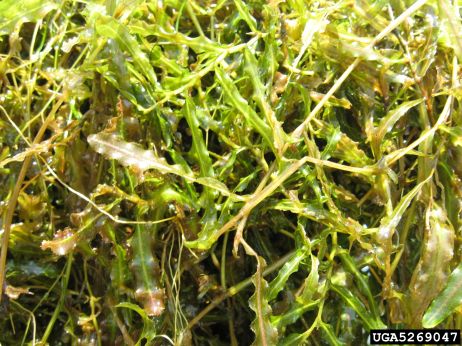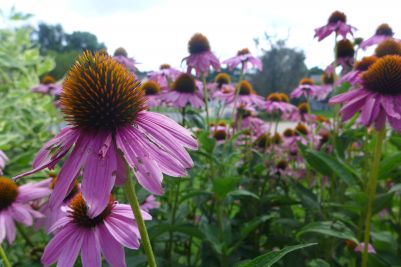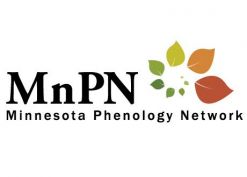Watershed Phenology
Phenology is the study of the environment over time. While it may sound fancy, it really comes down to the simple concept of paying attention and jotting down observations. Several communities in the VLAWMO watershed are embarking on new community efforts to better understand our local water resources. With a team of folks working together, it gets easier for everyone to participate. With more participation, the amount of data (photos, records, etc.) grows, making the effort more accurate.
Taking records allows a story to develop over time, allowing for a more accurate assessment of what's happening in the environment. Organizations like VLAWMO can use phenology to catch issues that might otherwise go unnoticed, make more accurate predictions on what a lake or wetland needs, and plan projects accordingly.
Beyond the data though, there's something else happening in phenology. It shows us that there's more to a place than resources or puzzles to be solved. Phenology shows us the subtle yet powerful connection to place that reminds us why we love the places we love, and that we to, change with the seasons.
Here's a few ways to start thinking like a phenologist close to home.
1. Picture Posts
Picture posts are a way to document our favorite places with consistent photographs. A post that's installed in the ground guides users to take photos at several directions (N, NE, E, etc.). A few posts are now active in our watershed to monitor shoreline changes, algae blooms, ice conditions, and more. Check out the Picture Post website for more information or check out the photos taken so far: Deep Lake Channel (North Oaks only), Charley Lake Channel (North Oaks only). Additional posts on Birch Lake and Sucker Lake channel are coming soon. Posts in public spaces are available and welcome for all to participate. Contact VLAWMO for questions or to discuss adding a post in a new location.

2. Aquatic Invasive Species (AIS)

Aquatic invasive species can be a big challenge in water resource management. While it's important to prevent the spread of things like Zebra Mussels and Eurasian Water-milfoil, it's also helpful to understand what they're doing once they are introduced. Knowing their cycles helps us balance them into the ecosystem, because in many cases complete eradication is just isn't possible. VLAWMO is working with the Ramsey Soil and Water Conservation Division to gather AIS volunteers for each lake in the watershed. Contact VLAWMO at (651) 204-6070 to express interest and find out how you can help monitor a lake near you. Training and resources are available for dedicated volunteers.
3. Backyard Phenology

Phenology can be as easy as noticing what's happening in your own backyard! Check out the Minnesota Phenology Network for information, events, and how to get started. VLAWMO is interested in phenology volunteers that can help observe key plant and animals in our watershed. Contact (651) 204-6070 to get involved!


